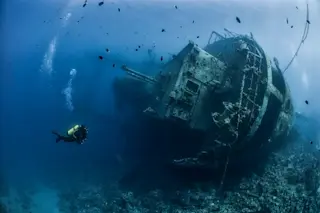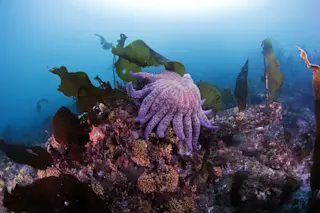The SS Edmund Fitzgerald was the largest ship to sink in the Great Lakes. Caught in a heavy storm in Lake Superior, all 29 crewmen lost their lives. Though the Edmund Fitzgerald is the most well-known, there are also an estimated 10,000 shipwrecks in the Great Lakes alone, many of which have never been found.
If there are 10,000 estimated shipwrecks in the five Great Lakes, how many shipwrecks are there throughout the Earth’s waters?
“Various people have thrown numbers out,” says Dan Davis, associate professor of classics at Luther College and expert on ancient maritime history. “No one really knows exactly what that number should be.”
Though we might not know how many shipwrecks are out there, it stands to reason that there are many waiting to be discovered. But how do scientists and explorers go about finding them?
While a global number may be out of reach, researchers ...














